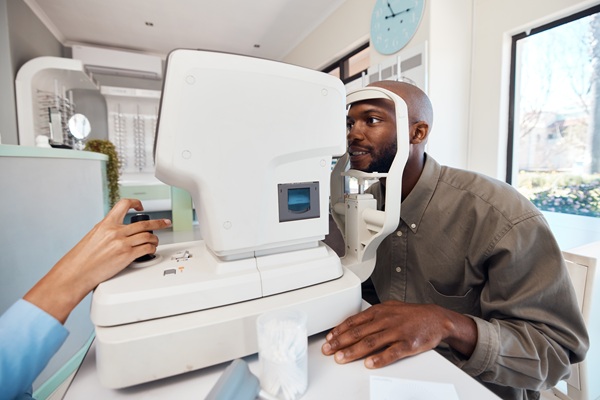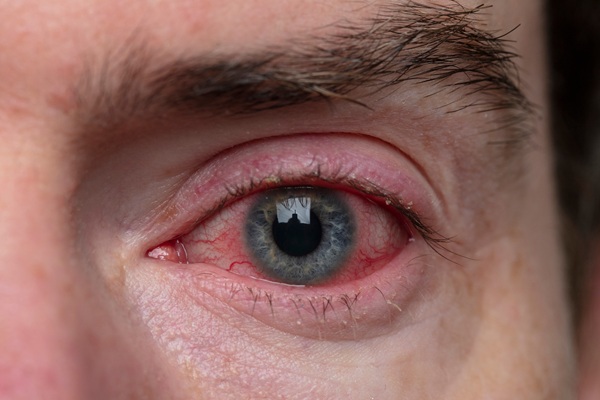Pediatric Eye Care Services From an Optometrist

For young people with vision problems, pediatric eye care is available to help. While a person’s vision can decline with age, many children can also struggle to see properly. If you believe your child could benefit from glasses or contact lenses, an optometrist can provide the right care. Do not ignore the signs and symptoms of eye conditions with your son or daughter. Children can have the quality vision they deserve, and you can have peace of mind knowing an optometrist can offer the right solutions.
Knowing when to get pediatric eye care help
Any good parent will worry about their children’s health and wellness. Vision problems are not always as evident as other conditions, but there are signs that point to the need to see an optometrist. Taking children to the office for regular eye examinations is a good way to identify concerns. The optometrist can evaluate whether the child has structural damage in the air or whether issues such as farsightedness or nearsightedness exist.
A child may complain of headaches or that objects appear to have an aura around them. Other symptoms of poor vision can include the need to squint to see properly. A child can have double vision or blurry vision. It may be difficult for the child to read words on the page of a book. If any of these situations occur, the parent should take the child to an optometrist.
What the optometrist does in the exam
Children should have their first eye exam as young as 6 months after birth. By age 3 or 4, before starting school, the next exam should take place. The exam will measure how well the child can see objects up close and at a distance. The optometrist will also evaluate whether the child can track objects and focus correctly. This exam will also assess the effectiveness of the child’s eye movement.
Solutions
If the optometrist performing pediatric eye care diagnoses vision impairments, there are various treatments available. Corrective lenses may be necessary. For younger patients, eyeglasses might be the most appropriate solution. Adolescents may prefer wearing contact lenses. Some children may only need to wear reading glasses. In other situations, the optometrist may determine that lenses are not required but will schedule a follow-up appointment in six months to a year.
The importance of early intervention
It is normal for parents and children to be nervous about pediatric eye care. However, the sooner children get help for vision issues, the more likely the optometrist can prescribe the correct solutions. Early eye exams mean the optometrist can detect problems at the beginning stages. This keeps the condition from accelerating. Putting off eye exams can lead to deteriorating vision as well as frustration from both the child and parent.
Children can see clearly again
Do not miss the opportunity to take advantage of pediatric eye care. You can feel comfortable taking your child to an optometrist for an exam and treatment. The optometrist will have the knowledge and training to diagnose common vision conditions. This person will also recommend a treatment that you and your child can feel positive about.
Get more information here: https://www.texasoptical.net or call Texas Optical at (214) 771-7333
Check out what others are saying about our services on Yelp: Pediatric Eye Care in Dallas, TX.
Recent Posts
Contact lens exams are fundamental to maintaining clear vision and promoting overall eye health. Many individuals rely on contact lenses for daily activities, sports, and social events, yet consistent monitoring of lens fit and eye condition often receives less attention than it deserves. An optometrist specializing in evaluating the cornea, tear film, and general ocular…
Red, irritated eyes can result from something as simple as fatigue or dryness. However, persistent or severe symptoms may indicate a more serious condition requiring red eye treatment from an optometrist. Understanding when those everyday symptoms become something more serious is key to protecting long-term vision and avoiding complications. Catching the signs early on and…
Vision health is an important part of your everyday life. When urgent and unexpected issues arise, you must seek emergency eye care from an optometrist. Whether the issue results from trauma, infection, or sudden changes, immediate attention from an optometrist can prevent complications and preserve your long-term ocular health.Individuals may need emergency eye care for…
A myopia optometrist can help manage and slow the progression of nearsightedness, especially in children and young adults. Nearsightedness, or myopia, causes distant objects to appear blurry while close-up vision remains clear. Without proper care, myopia can worsen over time, leading to higher prescriptions and an increased risk of eye health problems.Myopia occurs when the…


